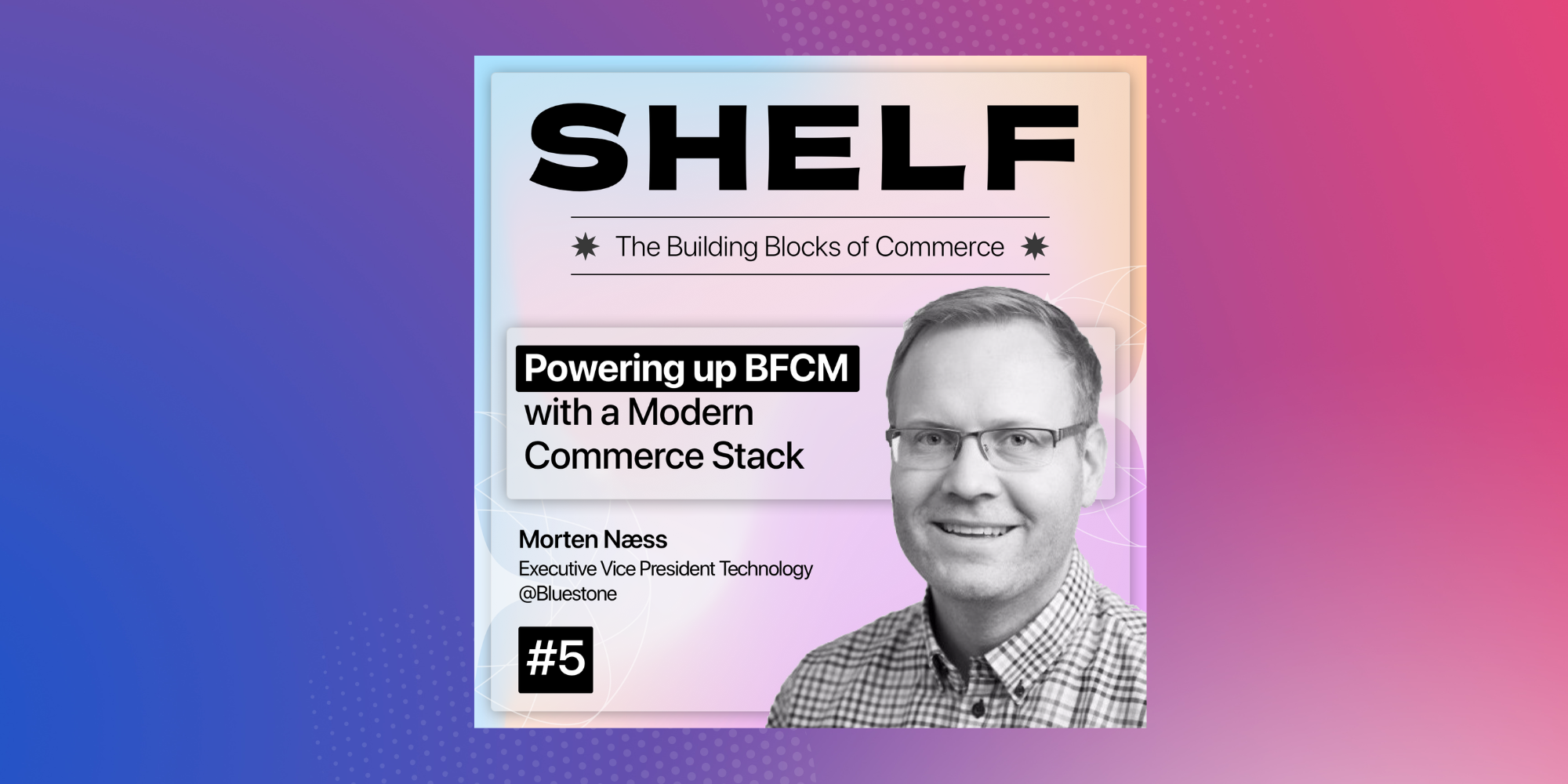Prologue
What is the DTC Growth Stories?
Brought to you by yours truly, DTC Growth Stories is a 6-day online live stream series with the most influential DTC growth experts, who share their valuable learnings with our Co-founder Kaus.
Our goal? To create an essential guide to DTC marketing that will help you to unlock steady and consistent growth.
What’s the Purpose of DTC Growth Stories?
To create THE go-to resource full of DTC best practices, loaded with actionable tips related to acquisition, retention & LTV so you can leverage the learnings and market your way to eCommerce growth.
Give it a go here: The Go-To DTC Playbook by Mason
What can we expect?
In the 1st episode, Kaus catches up with Kickstarter-wizard-turned Co-founder & CEO Will Nitze of the viral IQBar plant-based protein bars.
From start to finish, the conversation is packed with profound entrepreneurial wisdom and practical tips to help you market your way to growth, and grow your DTC business.
Check it out here: 👉 Will Nitze's insights 👈
P.S: If 42 minutes is too long for you, here is a quick-to-read piece with all key learnings.
Key Takeaways
Learn from the Best
Kaus: What enabled you to get ahead of competitors who may have started earlier than you?
Will: I would highly recommend getting a job, not starting a company right out of college.
It almost doesn't matter what job, but you want to work for smart, competent people in an exciting field. Get thorough with the basics.
Understanding what a company looks like and how it functions, how to operate in hierarchies, what goes wrong in a company, and what to do differently—all these foundational learnings were beneficial for me just in terms of how I thought, and how I would structure my company.
“Coming from selling operational software to oil and gas companies, then moving into nutrition; an outsider mentality also helped because it helps in looking at things without bias.”
Take your Time to Learn
Slow down. Find the time to learn everything there is to know about.
Stay Curious. Ask Questions.
Prepare a set of industry-specific questions for relevant people who are 2-3 years ahead of you, and acquire as many data points you can for studying and analyzing.
Be methodical. Plan to the Last Detail.
Keep learning on the way while enjoying the little wins.
Keep it real. Treat customers exceptionally well
Stay consistent with your communications. Be honest. Make customer experience across all your touchpoints (website, emailers, landing pages, etc.) seamless.
Listen to your instincts
VC-route? Na. We chose Kickstarter. When everyone told us to steer clear of Amazon, we generated crucial revenue from it— do what fits right in your journey.
Kaus: How did Kickstarter & Amazon help IQBar?
Will: Our first 100 users came from Kickstarter.
Honestly, the first hundred users should be friends and family, who will then tell their friends, and the circle goes on. But yeah, Kickstarter was how we got it.
Our first 100,000 users came from Amazon through organic search.
Although we did have a D2C presence, the reality is Amazon is dramatically more successful in our category. In the end, what matters most is revenue + sales, and more people getting the product.
For us, Amazon’s sizable customer base turned out to be a blessing in a time when customer acquisition costs are at an all-time high, and Amazon helped us generate revenue while helping us minimize costs on that front.
5 Tips to Create a Loyal Band of Customers 📢
1. Find where the lowest customer acquisition rate is
Lay out all routes and options. Analyze. Conduct post-purchase surveys to find your customer’s shopping preferences.
Evaluate what is best for you, and make an (objective) decision.
2. Jump on the subscription bandwagon!
Leverage platforms like Amazon’s reach— get more people to subscribe and save on your products available on major eCommerce platforms.
3. Nurture your existing customers
You can start with creating a full-proof but engaging email marketing plan for your email list.
4. Optimize for Conversions
Kaus: Any tips for digital store owners on how they can optimize their store for a reasonable conversion rate?
Will: Honestly, my belief is to find a company that is very clearly D2C-focused and has invested money and worked with third parties to generate a really good conversion rate and “copy” them.
Like don't literally copy them. But learn everything about them in and out.
Check what widgets they use, how are they generating organic customer reviews for their homepage or where in the stack of elements is that. Understand if they allow you to shop in the home etc. Study them, and adopt the learnings to suit your needs.
It's as simple as that.
You could bang your head against the wall for two-three months trying to do all the research, But you don't have time for that. Your goal at that point must be an 80-20 solution: how do we get something good up there and start selling products. Once you do get the volume, perhaps 50000 people a month or whatever, you can then really twist the dials.
However, trying to over-engineer early on is not a good idea in my opinion.
5. Learn How to Build or Learn How to Sell
Kaus: What learnings from your previous job helped when you started your own brand?
Will: A smart person I used to work with told me,“when you are out of school, the best you can do is either learn how to build something or learn to sell something.”
It truly does boil down to those two things and it’s ever present in everything.
With sales that I was good at, I advise it to be great at convincing. It takes a certain amount of confidence and gentle persuasion with a knack to innately understand what people want to get the desired results.
“When you are starting a company, 80% sales responsibility will be on you—to sell your product to customers, to sell the potential of your brand to new employees who can join your company, to investors so they can invest in you.”
You also need to be good at picking excellent people who can help you in achieving your goals.
We've for better or worse kept a smaller team and worked with third parties.
We lean on third parties for tasks we can’t do like specific-analysis related targets or tracking of orders etc.
You can also use tools to understand cogs and gross margin and and all of that for the most common permutations of order fulfillment.
Like what's my margin when I fulfill one box of 12 bars or what's for my margin if I fulfill two boxes of 12 bars, or what's the blended average or weight average of those. Once analyzed, you will know how many dollars you need to work for and how many customers you need to acquire and it flows from there.
I do think they're tools and third parties you can leverage once you have all those foundational goals and numbers. You can set targets for third parties or people on your team and give them something to work towards, unlocking great strategy-making skills as well.
🌠 For more D2C-growth learnings you can hear on the go, just click here. 🌠
The D2C Growth Series is an essential guide to d2c marketing, helping digital store owners discover growth opportunities and pave their way to success.
🖋️ 📝 To learn about D2C best practices & all things essential to become a profitable D2C store, go here: https://getmason.io/feed/
What do you think? You learned something here? Tell us in the comments below.






